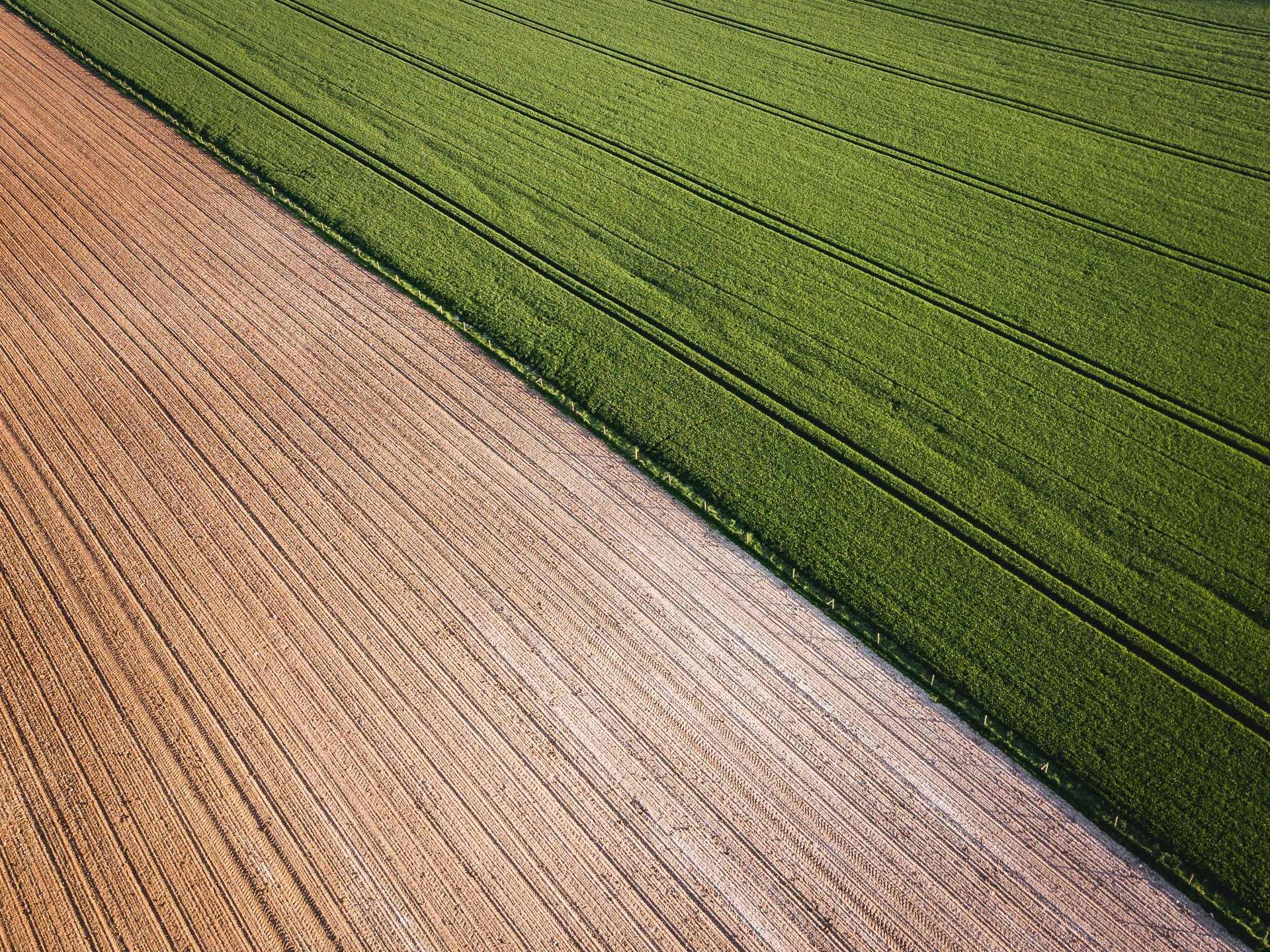
Farmers urged to forward budget as gross margins come under pressure
Sun 10 Jul 2022
Gross margins from the 2023 harvest for UK arable growers are predicted to be tight if the conflict in Ukraine persists.
Producers who bought inputs early are expected to make a good margin from the 2022 harvest but when stocks of cheaper inputs run out and if prices continue their upward trajectory, the impact will be felt on margins for 2023, says Brown & Co’s James Valentine.
Forward budgeting is therefore more important than ever, he advises, especially so amid a backdrop of diminishing payments from the Basic Payment Scheme.
In his overview of commodity prices for the first quarter of 2022, Mr Valentine says the ripple effect from the war in Ukraine had bolstered global prices of cereals and oilseeds.
Wheat supply and demand balance is the third tightest on record and this had driven the price to a new high of £300.6/t.
Milling wheat premiums had remained high, with the margin between feed and milling tightening in early March before increasing again towards the close of the quarter.
This, says Mr Valentine, is mainly a consequence of concerns around whether crop quality will achieve milling specification as many growers are lowering nitrogen application rates to reduce costs.
Barley prices peaked at £287.6/t at the close of the quarter.
Mr Valentine reports that the demand for brewing, malting and distilling barley is expected to return to pre-pandemic levels this season and this is pushing prices higher.
“Barley prices have also been influenced by the wheat market as livestock producers look for alternative feeds away from wheat to control costs, which has increased demand for barley further,’’ he says.
Oilseed rape dipped at the beginning of the quarter but quickly jumped when Ukraine was invaded; it closed the quarter at a record £823.4/t.
“The UK is still reliant on oilseed rape imports to fulfil demand due to the decline in area grown and yield,’’ Mr Valentine explains.
The volatility in the cereals market had forced livestock feed prices upwards.
Hipro soya and rape meal prices saw the biggest rises in the first quarter due of a forecast for tight global stocks of soya in combination with the rise in oil prices.
Mr Valentine warns this will have significant impact on business cashflow for livestock and dairy farmers, and will undermine profits if buyers don’t increase prices to reflect these rises.
In the beef sector, prices in the first quarter remained relatively stable, at an average price of 408.8p/kg/deadweight (dw) throughout.
Prices are 30p/kg/dw higher than last year.
In contrast, lamb prices declined gradually; the start of the quarter saw a high of 615.8p/kg/dw, which then fell to close the quarter 44.4p lower, at 570.4 p/kg/dw.
Mr Valentine predicts that high fertiliser prices could put pressure on grass availability and this could result in high abattoir throughput, threatening current price levels.
For the pig sector, the price crisis continues but there are glimmers of optimism. While pork prices declined further in January and February, they rose in March to close at a EU-spec Standard Pig Price (SPP) of 141.7 p/kg/dw.
But this is still below the December 2021 price of 142.9 p/kg and can be attributed to the major backlog at slaughter with abattoirs having limited butchery capacity.
In February 2022, a Defra survey found that over 155,000 fattened pigs were overdue for slaughter, and 47,000 weaners overdue for movement.
The number of UK breeding herds in 2021 fell by 6.9% and carcase weights have been falling. This, says Mr Valentine, indicates that the sharp rise in input costs is forcing many farmers to adjust feed rations.
“Pigs are not achieving good carcass weights as farmers scramble to respond to the crisis and reduce herd sizes as a result,’’ he says.
For dairy, the Defra farmgate milk price had consistently risen since May 2021, a trend that had continued with the price rising to 35.89p/litre.
But this had “not taken the sting out’’ of the increase in input costs for milk producers, says Mr Valentine, and this has implications for cashflow.
As a consequence, many dairy farmers are restructuring their businesses to maintain profitability, he adds.
Taken as a whole, these changes could put pressure on future milk supply.
Measures to move away from dependence on inorganic fertilisers in the dairy sector has been reflected in a significant uptake of the option in the Countryside Stewardship scheme for a legume/herb rich grass ley; this option provides a £348/ha payment to farmers for moving away from inorganic fertiliser.
There has also been a lot of interest in grant funding for robotic milking systems through the Farming Transformation Fund as dairy farmers seek to reduce labour requirements.
Going forward, there are likely to be greater opportunities for landowners tapping into the renewable energy sector.
With the invasion of Ukraine exposing the UK’s dependence on fossil fuels, the British energy security strategy had recently been published and this, says Mr Valentine, promises to accelerate the renewable energy industry.
“Consultations on amending planning rules in favour of renewables is predicted, which may result in less red tape which has previously obstructed progression of projects.’’
Keep updated
Keep up-to-date with our latest news and updates. Sign up below and we'll add you to our mailing list.
 Brown&Co
Brown&Co